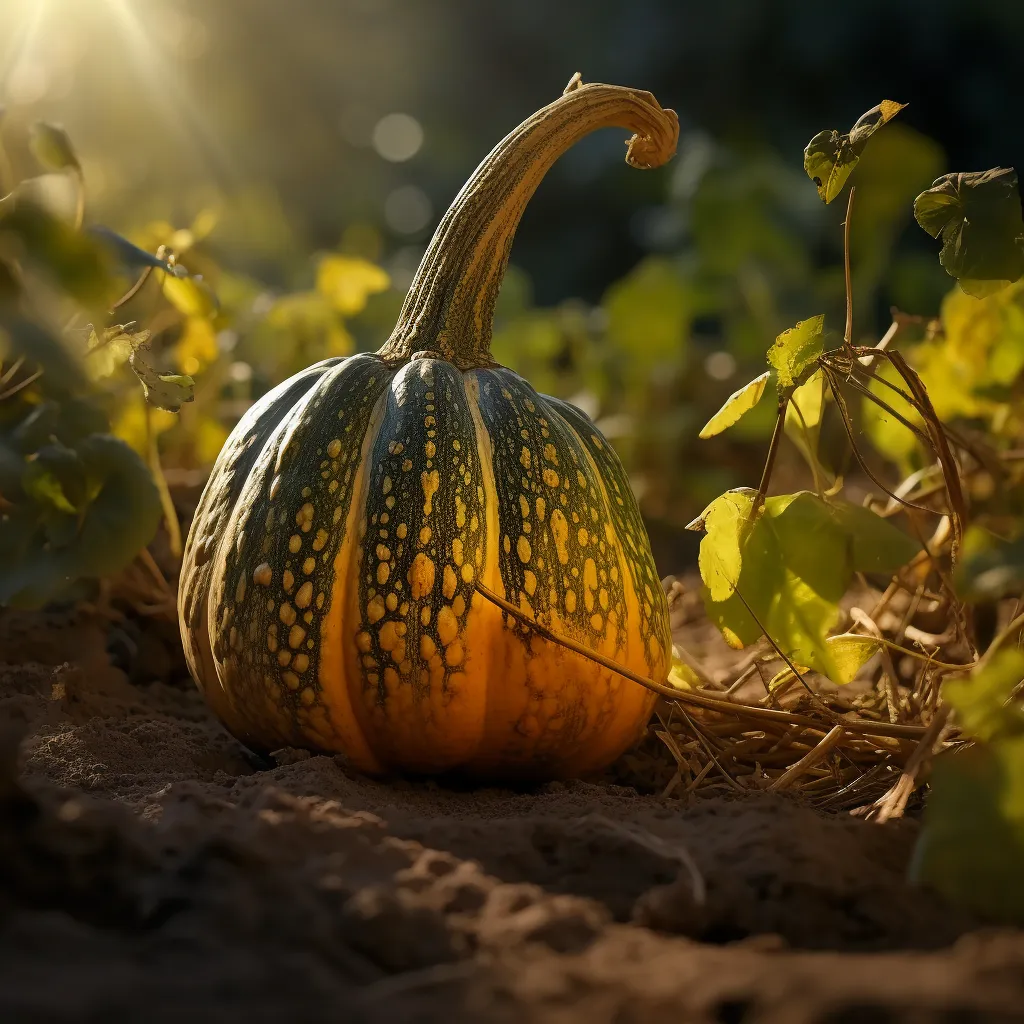Story of Day :
Contents
Cucurbita moschata Hunter (Squash Hunter) Plant Care Tips
Gardening can be a rewarding and enjoyable hobby, but it requires knowledge and care to ensure the success of your plants.
One popular vegetable that many gardeners love to grow is Cucurbita moschata Hunter, also known as squash butternut hunter.
This plant produces delicious and nutritious fruits that are perfect for soups, stews, and even roasting.
In this article, we will provide you with some essential care tips to help you grow healthy and abundant squash hunter plants.
Choose the Right Location
When planting squash hunter plants, it is crucial to choose a suitable location in your garden.
These plants require full sun exposure for at least 6-8 hours a day.
Select an area with well-draining soil rich in organic matter.
- Pick a site away from tall trees or structures that may shade the plants.
- Avoid areas prone to waterlogging as excess moisture can lead to root rot.
- If necessary, improve the soil by adding compost or well-rotted manure before planting.

Sow Seeds Properly
The next step in growing squash hunter starts with sowing seeds properly:
- Sow seeds directly into the ground after all danger of frost has passed and soil temperatures have consistently reached around 60°F (15°C).
- .
- You can also start seeds indoors two weeks before transplanting outdoors if you live in an area with short growing seasons.
In such cases:
– Sow seeds in biodegradable pots or seedling trays filled with seed starting mix.
– Keep the soil moist and place the containers in a warm location, such as near a sunny window or under grow lights.
– Transplant the seedlings outdoors once they have developed two to three true leaves.
Watering and Fertilizing

Proper watering and fertilization are essential for the health and productivity of squash hunter plants:
- Water consistently to keep the soil evenly moist, but avoid overwatering as it can lead to root diseases.
Regularly check moisture levels by sticking your finger into the soil.
- Avoid overhead watering, which can promote fungal diseases.
Instead, use drip irrigation or direct water at the base of plants.
- Fertilize regularly with a balanced organic fertilizer that is high in nitrogen during early growth.
Switch to a phosphorus-rich fertilizer when flowers appear to promote fruit development.
. - Avoid excessive fertilization as it can result in lush foliage but fewer fruits. .
Pest Control
Squash hunter plants are susceptible to various pests, including aphids, squash bugs, and vine borers.
Here are some tips for pest control:

- Encourage beneficial insects like ladybugs and lacewings that feed on pests by planting companion flowers such as marigolds or nasturtiums nearby. .
- Cover young plants with floating row covers until they start flowering to protect them from pests like squash bugs and vine borers. .
- If you spot any signs of pest infestation (e.g., wilting leaves), remove affected parts immediately or treat with organic insecticides. .
l
Harvesting and Storage
Knowing when and how to harvest squash hunter plants is crucial:
- Harvest mature fruits when the skin has hardened and turned a deep tan color.
The ideal size for butternut squash is about 8-12 inches long.
.
- Cut the fruit from the vine using sharp pruning shears, leaving a short stem attached to the squash. .
- Cure harvested squash in a cool, dry location for several weeks before consuming or storing.
This process helps improve flavor and extends storage life.
.
l
– Store properly cured squash in a cool, dark place with good ventilation.
– Avoid storing near fruits that produce ethylene gas (e.g., apples) as it can cause premature ripening.

Summary
Growing Cucurbita moschata Hunter plants can be a rewarding experience if you follow these care tips:
- Select a sunny location with well-draining soil rich in organic matter.
- Sow seeds properly by planting directly into the ground or starting indoors if you have a short growing season.
- -Water consistently, but avoid overwatering.
- -Fertilize regularly with balanced organic fertilizers during early growth and switch to phosphorus-rich fertilizers when flowers appear.
- Pest control is essential; encourage beneficial insects like ladybugs or use row covers to protect young plants from pests.
- Harvest mature fruits and cure them before consuming or storage for long-term use.